Introduction
Dogs are known to be man’s best friend, but not all breeds are welcomed in every corner of the world. In fact, some breeds are so controversial and dangerous that they have been banned from entire countries. This article will delve into the topic of illegal dog breeds, discussing the reasons for their illegality, controversies surrounding them, and the consequences of owning them.
Definition of illegal dog breeds
Illegal dog breeds are those breeds that are banned in specific countries due to their aggressive nature, history of attacks, and potential threat to public safety. Some of these breeds are not recognized by international kennel clubs, while others are not allowed to be imported, bred, or owned within certain jurisdictions.
Reasons for illegalizing dog breeds
The primary reason for illegalizing dog breeds is public safety. Aggressive breeds can cause serious injury or even death to humans and other animals. Owners of illegal dog breeds may not be capable of controlling their animals, resulting in dangerous situations. Additionally, some breeds have been historically bred for fighting, which can exacerbate their natural tendencies towards aggression.
History of illegal dog breeds
The history of illegal dog breeds dates back to the early 20th century when the first laws were enacted to ban specific breeds. In the 1980s and 1990s, the media sensationalized dog attacks, leading to increased scrutiny of certain breeds. Many countries began to ban or restrict ownership of these breeds, citing public safety concerns.
Controversies surrounding illegal dog breeds
There is a significant controversy surrounding the topic of illegal dog breeds. Some people argue that it is unfair to ban specific breeds, as it is the owner’s responsibility to control their dog’s behavior. Others believe that certain breeds are inherently aggressive and pose a threat to public safety. The debate continues, with advocates on both sides.
Legal consequences of owning illegal dog breeds
The legal consequences of owning an illegal dog breed vary depending on the country or jurisdiction. In some places, owners may face fines, confiscation of their animals, or even jail time. In extreme cases, owners may be held liable for damages caused by their dogs, resulting in significant financial and legal consequences.
Countries where illegal dog breeds are banned
Many countries have laws banning or restricting ownership of specific breeds. For example, the UK bans the ownership of Pitbulls, Japanese Tosa, Dogo Argentino, and Fila Brasileiro. The United States does not have a federal law banning specific breeds, but some states and cities have implemented breed-specific legislation.
10 Most Notorious Illegal Dog Breeds
Tosa Inu or Janapenese Tosa
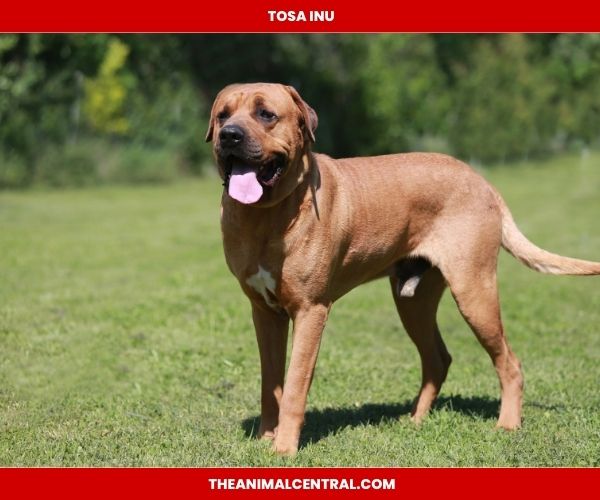
The Tosa Inu, also known as the Japanese Mastiff, is a large and powerful breed that originated in Japan. It was originally bred for dog fighting, but is now primarily used as a guard dog and companion.
Due to its history and potential for aggression, the Tosa Inu is banned or restricted in many countries, including the United Kingdom, Australia, and New Zealand. In the United States, it is also restricted in some states and cities.
The Tosa Inu is known for its loyalty and protective nature, but it requires proper training and socialization to prevent aggressive behavior. It is a dominant breed that requires a firm and consistent owner, and is not recommended for first-time dog owners.
Like all dogs, the Tosa Inu requires regular exercise and veterinary care to maintain its health and well-being. It is important for potential owners to thoroughly research the breed and their local laws and regulations before considering adoption.
It is also important to note that not all Tosa Inus will display aggressive behavior, and responsible ownership and proper training can help prevent incidents. However, it is still important to abide by the laws and regulations regarding dog ownership in your country or jurisdiction.
American Staffordshire Bull Terriers
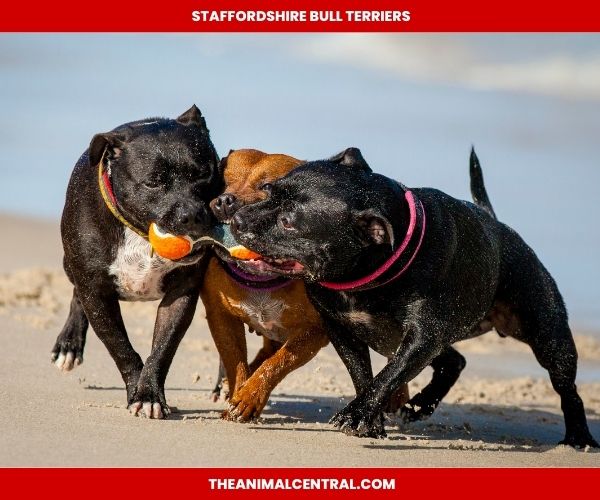
The Staffordshire Bull Terrier, or Staffie, is a small to medium-sized breed of dog that originated in England. They were originally bred for dogfighting, but in the early 20th century, breeders began to develop the breed for use as a companion dog. Staffies are known for their loyalty, courage, and affectionate nature, and they are often referred to as “nanny dogs” because of their love for children.
Staffies are not illegal in most countries, but they are banned in several, including Australia, Canada, and New Zealand. In the United Kingdom, they are subject to strict ownership regulations, and owners must obtain a license to keep them. This is due to the breed’s association with dogfighting, and concerns about their potential to cause harm to other animals and people.
American Bulldog
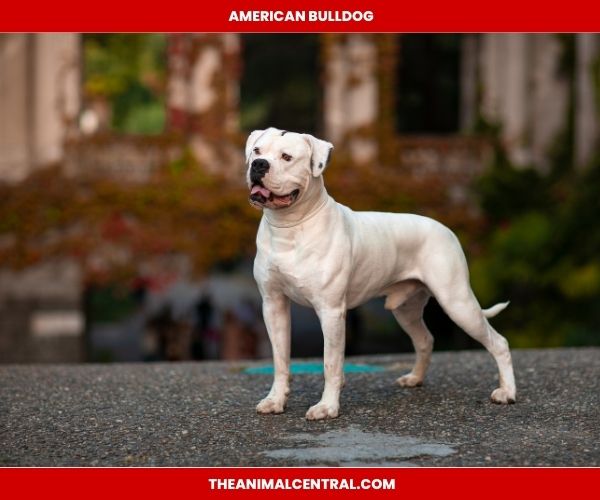
American Bulldogs are a breed of dog that was developed in the United States. They are a powerful and muscular breed, and they were originally used for farm work, hunting, and as guard dogs. Unfortunately, they have also been used for dogfighting, and this has given the breed a bad reputation in some areas.
American Bulldogs are not illegal in the United States, but they are banned in several countries, including the United Kingdom and Australia. In these countries, they are considered a dangerous breed, and ownership is prohibited. However, in other countries, American Bulldogs are beloved family pets and are known for their loyalty and protectiveness.
Pit Bull Terrier

The Pit Bull Terrier, or simply Pit Bull, is a breed of dog that is descended from Bulldogs and Terriers. They were originally bred for bull-baiting, and later, for dog fighting. Despite their reputation as aggressive dogs, Pit Bulls are also known for their loyalty and affectionate nature. They are often misunderstood due to their association with illegal dogfighting.
Pit Bulls are illegal in several countries, including the United Kingdom, Australia, and New Zealand. In the United States, there are no federal laws that ban Pit Bulls, but they are banned in certain cities and states. Owners of Pit Bulls often face discrimination and prejudice, and many animal shelters will not adopt them out due to liability concerns.
Dogo Argentino

The Dogo Argentino, also known as the Argentine Mastiff, is a large and muscular breed that was developed in Argentina for big game hunting. Due to its history and potential for aggression, it is banned or restricted in many countries, including the United Kingdom, Australia, and New Zealand. In the United States, it is also restricted in some states and cities. The Dogo Argentino is known for its loyalty and protective nature, but it requires proper training and socialization to prevent aggressive behavior.
Bandog
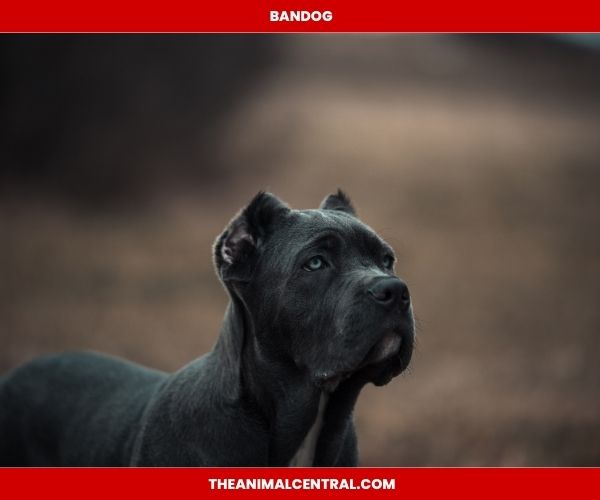
The Bandog is a type of dog that is not recognized as a breed by any major kennel club. It is a crossbreed of various mastiff-type breeds, including the American Pit Bull Terrier, the Bullmastiff, and the English Mastiff. Bandogs were originally developed as guard dogs and were used to protect livestock and property.
Bandogs are not illegal in most countries, but they are banned in some areas due to their size and potential for aggression. They are often used as protection dogs and are known for their loyalty and courage. However, their strong protective instincts can make them difficult to train and control, and they require experienced owners who can provide proper socialization and training.
Boerboel
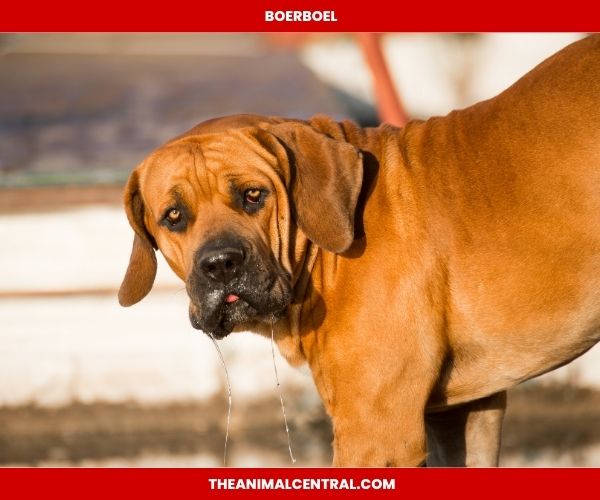
Boerboel is a breed of dog that originated in South Africa, where it was bred as a farm dog and protector of livestock. It is a large and muscular dog, weighing up to 200 pounds and standing at a height of up to 27 inches at the shoulder.
Boerboels have powerful jaw and are known for their protective instincts, making them popular as guard dogs. They are also intelligent and loyal, making them good family pets when properly trained and socialized.
However, due to their size and strength, Boerboels can be dangerous if not properly trained and controlled. In some countries, such as Denmark, Boerboels are classified as “fighting dogs” and are subject to restrictions or even bans.
Like other breeds on this list, the Boerboel has been associated with incidents of aggression and attacks on humans and other animals. It is important to note that responsible ownership and proper training can greatly reduce the likelihood of such incidents.
If you are considering adding a Boerboel to your family, it is important to research the breed thoroughly and work with a reputable breeder or rescue organization. Proper training and socialization are essential to ensure that your Boerboel is a well-behaved and safe member of your family and community.
Fila Brasileiro
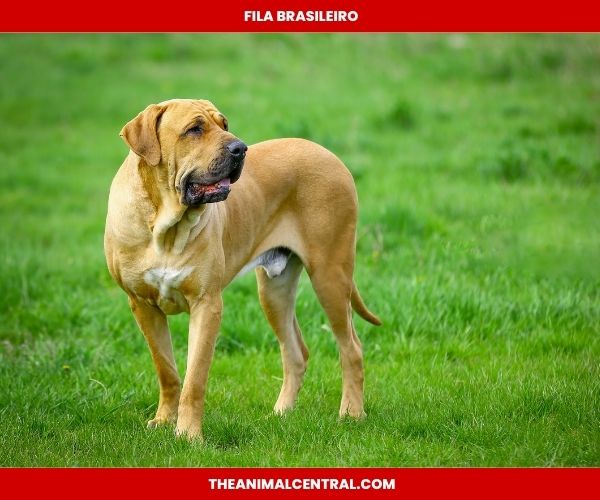
The Fila Brasileiro, also known as the Brazilian Mastiff, is a large, powerful dog breed that originated in Brazil. It was originally bred for hunting big game, guarding livestock and property, and as a companion. However, due to its aggressive and protective nature, it is now banned in many countries, including the UK, Australia, New Zealand, and several European countries.
Fila Brasileiro has a massive and muscular body, with a distinctive wrinkled forehead, drooping lips, and powerful jaws. It is an extremely loyal and protective dog breed that is known to be highly aggressive towards strangers and other animals. The Fila Brasileiro is not suitable for novice dog owners and requires extensive training and socialization from an early age.
Perro de Presa Canario
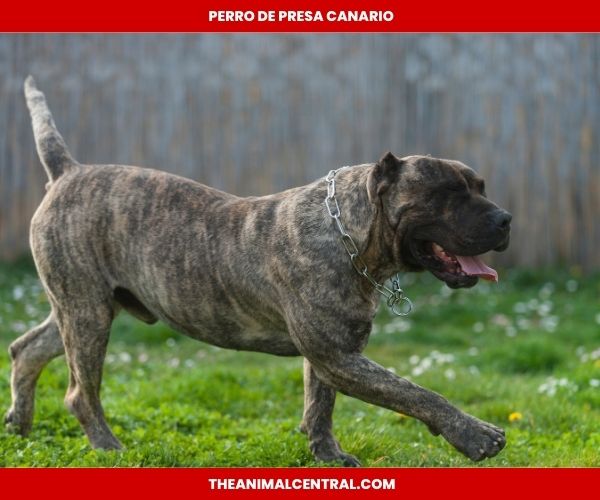
The Perro de Presa Canario, also known as the Canary Mastiff, is a large dog breed that originated in the Canary Islands. It was originally bred for guarding livestock and property, hunting big game, and as a companion. However, due to its aggressive and dominant nature, it is now banned in many countries, including the UK, Australia, New Zealand, and several European countries.
Perro de Presa Canario is a powerful and muscular dog breed, with a broad and imposing head, and a short, coarse coat. It is highly intelligent, loyal, and protective of its family, but can be aggressive towards strangers and other animals. The Perro de Presa Canario requires extensive socialization and training from an early age and is not suitable for novice dog owners.
In conclusion, the above-mentioned dog breeds are illegal in many countries due to their aggressive nature and potential for harm to humans and other animals. It is important to understand the characteristics and temperament of a dog breed before bringing them into your home, and to ensure that they are properly trained and socialized to prevent any potential incidents.
Rottweilers

Rottweilers are a large breed of dog that were originally bred for herding and guarding livestock. They have a reputation for being loyal and protective of their owners, but they are also known for their potential aggression towards strangers. Rottweilers are banned in many countries, including Norway, Denmark, and Romania.
Conclusion
In conclusion, owning an illegal dog breed can have serious legal and financial consequences. While some people argue that it is unfair to ban specific breeds, others believe that public safety should be the top priority. It is important for prospective dog owners to research the laws in their country or jurisdiction and choose a breed that is suitable for their lifestyle and environment.
FAQs
Why are certain dog breeds illegal?
Certain dog breeds are illegal due to their aggressive nature, history of attacks, and potential threat to public safety.
What are the legal consequences of owning an illegal dog breed?
The legal consequences of owning an illegal dog breed vary depending on the country or jurisdiction, but they can include fines, confiscation of the animal, and even jail time.
Are Pitbulls illegal?
Pitbulls are illegal in many countries, including the UK, Australia, and New Zealand.
What other breeds are commonly banned?
Other breeds that are commonly banned include Rottweilers, Doberman Pinschers, Japanese Tosa, and Brazilian Mastiffs.
Why do some people argue that banning specific breeds is unfair?
Some people argue that banning specific breeds is unfair because it is the owner’s responsibility to control their dog’s behavior, not the breed itself.
Are all aggressive dogs illegal?
Not all aggressive dogs are illegal, but certain breeds are more commonly associated with aggression and are more likely to be banned.
Can owners of illegal dog breeds face criminal charges?
Owners of illegal dog breeds can face criminal charges in some cases, especially if their dog causes harm to another person or animal.
Can illegal dog breeds be trained to be less aggressive?
It is possible to train any dog to be less aggressive, but certain breeds may require more specialized training and socialization.
Are there any countries that allow all dog breeds?
No, there are no countries that allow all dog breeds. Each country has its own laws and regulations regarding dog ownership and certain breeds may be restricted or banned.
Can I adopt an illegal dog breed if I live in a country where it is legal?
It is not recommended to adopt an illegal dog breed if you live in a country where it is legal. If you travel to a country where the breed is banned, you could face legal consequences and your dog could be confiscated or euthanized.
What should I do if I suspect someone is illegally owning a banned breed?
If you suspect someone is illegally owning a banned breed, you can report it to the local authorities or animal control agency. They will investigate the situation and take appropriate action if necessary.
Can a dog’s behavior change depending on its environment?
Yes, a dog’s behavior can be influenced by its environment and socialization. Proper training and socialization can help prevent aggressive behavior.
Are there any exceptions to the banned breeds laws?
There may be exceptions to banned breeds laws for certain cases, such as for working dogs or service animals. However, these exceptions vary depending on the country or jurisdiction.
How can I ensure that my dog is well-behaved and not a threat to others?
To ensure that your dog is well-behaved and not a threat to others, it is important to provide proper training and socialization. Regular exercise and veterinary care can also help promote good behavior and prevent aggression.
What should I do if my dog shows signs of aggression?
If your dog shows signs of aggression, it is important to seek the help of a professional dog trainer or behaviorist. They can provide guidance on how to address the behavior and prevent future incidents.
Please also check out other articles from this website like
Top 10 High Energy Dog Breeds: Are You Up for the Challenge?
Hound Dog Breeds (Top10): Everything You Need to Know 2023
References
- American Kennel Club (AKC) – https://www.akc.org/
- The Kennel Club (UK) – https://www.thekennelclub.org.uk/
- Federation Cynologique Internationale (FCI) – https://www.fci.be/
- Canadian Kennel Club (CKC) – https://www.ckc.ca/
- Australian National Kennel Council (ANKC) – https://www.ankc.org.au/
- New Zealand Kennel Club (NZKC) – https://www.nzkc.org.nz/
- United Kennel Club (UKC) – https://www.ukcdogs.com/

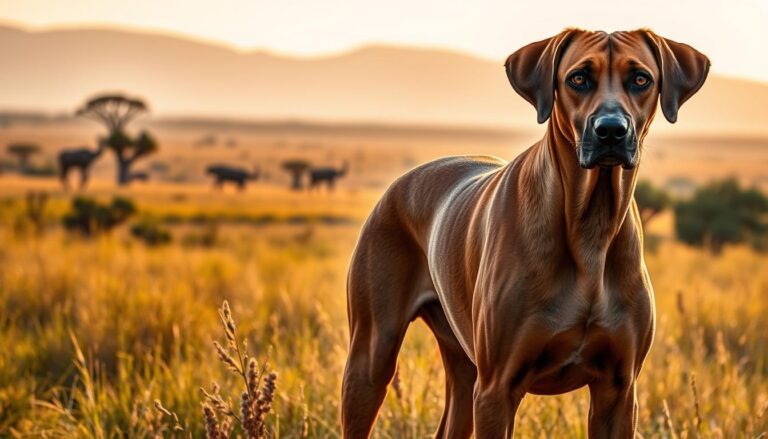
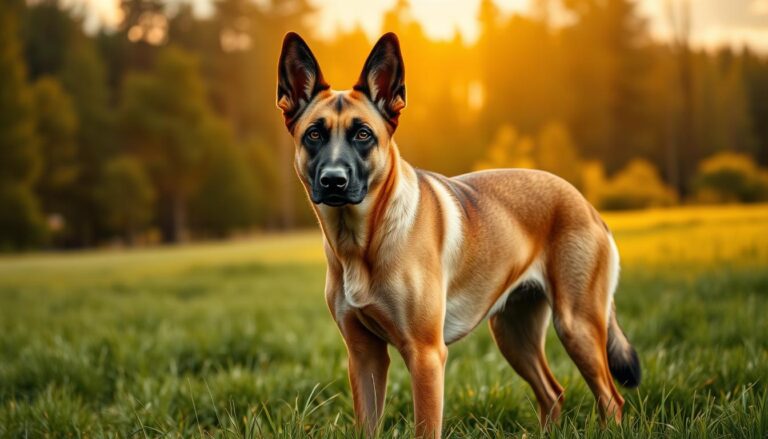
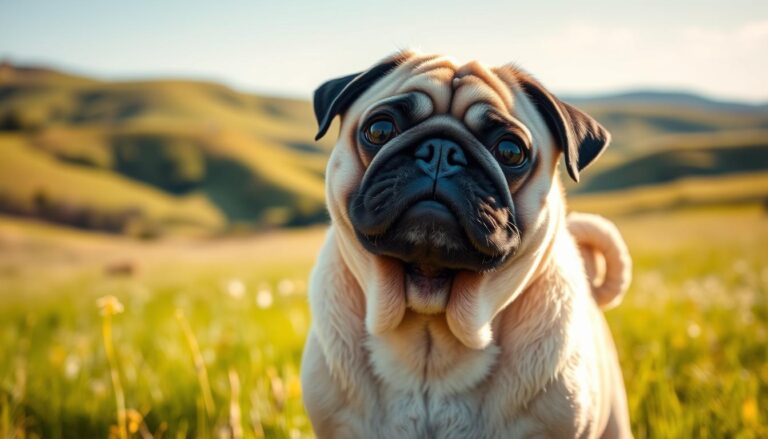




[…] Breaking the Rules: Meet the 10 Most Notorious Illegal Dog Breeds […]
[…] Breaking the Rules: Meet the 10 Most Notorious Illegal Dog Breeds […]
[…] Breaking the Rules: Meet the 10 Most Notorious Illegal Dog Breeds […]
[…] boredom and destructive behavior. Providing at least an hour of exercise every day will help meet the breed’s exercise […]